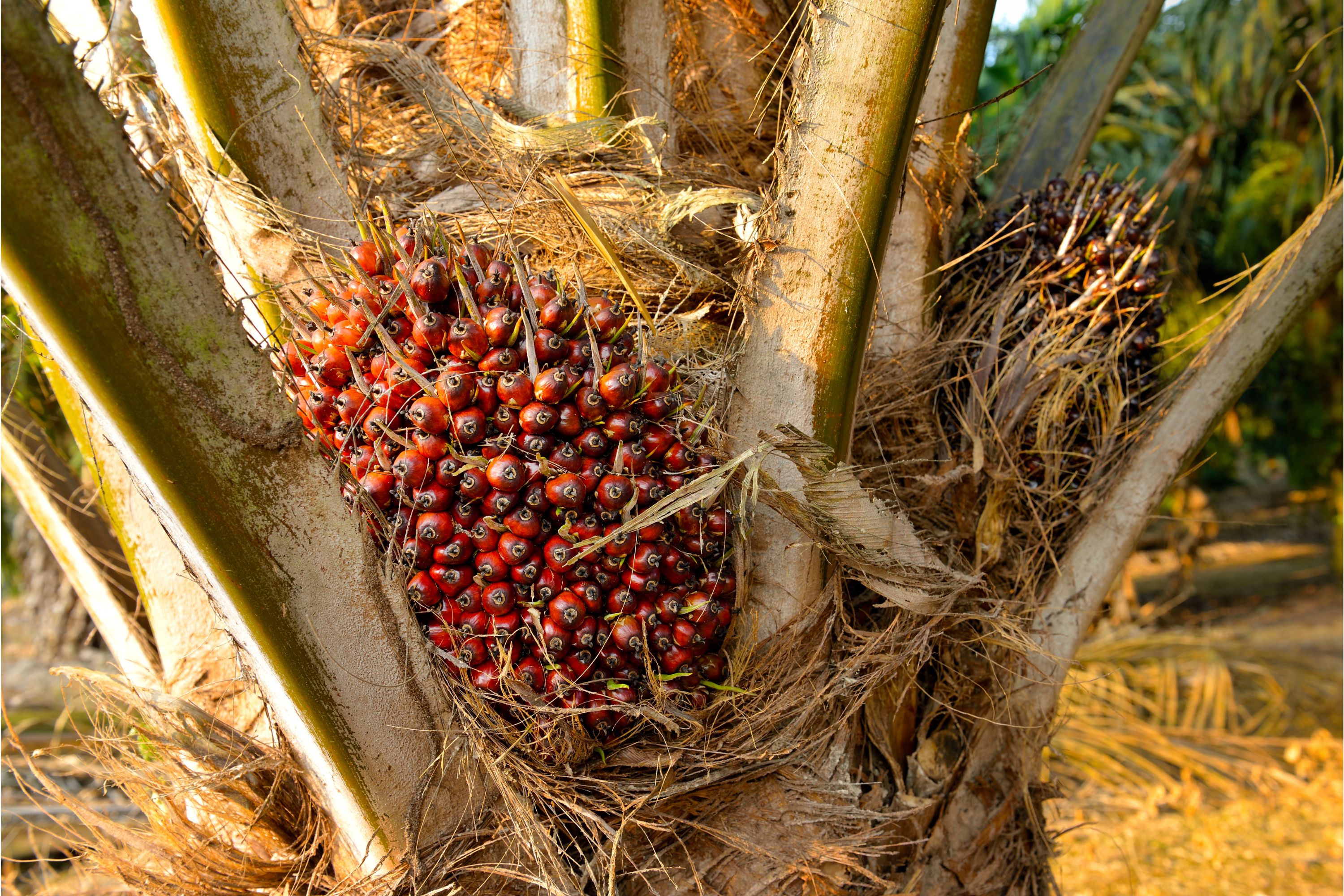Oil palm
(Elaeis guineensis)

Description
Elaeis guineensis is a species of palm commonly just called oil palm but also sometimes African oil palm or macaw-fat. It is the principal source of palm oil. It is native to west and southwest Africa, specifically the area between Angola and the Gambia; the species name, guineensis, refers to the name for the area, Guinea, and not the modern country now bearing that name. The species is also now naturalised in Madagascar, Sri Lanka, Malaysia, Indonesia, Central America, Cambodia, the West Indies, and several islands in the Indian and Pacific Oceans. The closely related American oil palm Elaeis oleifera and a more distantly related palm, Attalea maripa, are also used to produce palm oil. E. guineensis was domesticated in West Africa along the south-facing Atlantic coast. There is insufficient documentation and as of 2009 insufficient research to make any guesses as to when this occurred. Human use of oil palms may date as far back as 5,000 years in Egypt; in the late 1800s, archaeologists discovered palm oil in a tomb at Abydos dating back to 3000 BCE. The first Western person to describe it and bring back seeds was the French naturalist Michel Adanson. Oil palms can produce much more oil per unit of land area than most other oil-producing plants (about nine times more than soy and 4.5 times more than rapeseed). E. guineensis is monocotyledonous. Mature palms are single-stemmed and grow to 20 meters (66 ft) tall. The leaves are pinnate and reach 3–5 meters (9.8–16.4 ft) long. A young palm produces about 30 leaves a year. Established palms over 10 years produce about 20 leaves a year. The flowers are produced in dense clusters; each individual flower is small, with three sepals and three petals. The palm fruit takes 5–6 months to develop from pollination to maturity. It is reddish, about the size of a large plum, and grows in large bunches. Each fruit is made up of an oily, fleshy outer layer (the pericarp), with a single seed (the palm kernel), also rich in oil. When ripe, each bunch of fruit weighs between 5 and 30 kg (11 and 66 lb) depending on the age of the palm tree.
Taxonomic tree:







